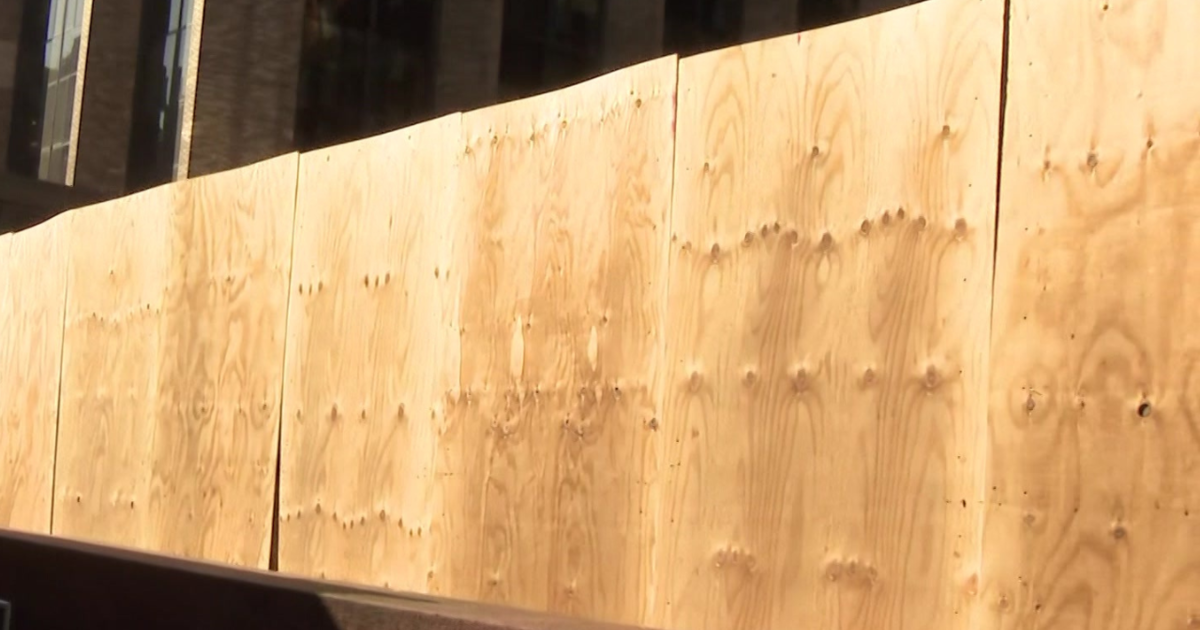Judge Rejects Police Unions' Challenge Against Stop-And-Frisk Ruling
NEW YORK (CBSNewYork/AP) -- Police unions lost their bid Wednesday to challenge a ruling concluding that the city's stop-and-frisk tactics are sometimes discriminatory -- moving the city a step closer toward changing the program.
The stop, question and frisk program has drawn criticism for its effect on minorities, but has also won praise for its role in reducing crime.
In a written ruling, U.S. District Judge Analisa Torres said five police unions representing the majority of the NYPD's 35,000 employees lacked legal standing to pick up where the city left off when it decided to settle the case last year rather than pursue an appeal.
The unions said a finding of discrimination against minorities within the stop-and-frisk program had damaged the reputations of the nation's largest police force.
But Torres said unions' claims rested ``on the flawed assumption that anonymous officers who have not taken part in this litigation have a reputational interest arising from the court's finding against their employer.''
She added: ``As a general matter, employees suffer no legally protectable reputational harm merely because their employer is found liable in a lawsuit.''
The judge said the unions had presented no evidence of serious reputational harm or how the findings were highly injurious.
``Nor do the unions provide examples of how their members' careers have been `tarnished,' `adversely affected' or how officer integrity has been impugned,'' Torres said.
Patrick J. Lynch, president of the Patrolmen's Benevolent Association, promised to appeal.
He said the settlement was reached ``by parties that appeared to have interests that became allied after the recent election with no party representing the interests of the employees who will be most impacted.''
Patrick called it ``unfair and inconceivable that employees would not be allowed in this process.''
The settlement was announced soon after Mayor Bill de Blasio took office in January.
Baher Azmy, legal director of the civil liberties group Center for Constitutional Rights, which had argued on behalf of those challenging the stop-and-frisk tactics, said the ruling by Torres had removed a major obstacle in the way of reforms.
``We still have a lot of work to do to make this a police department genuinely responsive to the needs of the community,'' he said.
Torres said police unions can help change the stop-and-frisk program by participating in a remedy program that the judge who made the original ruling ordered. Torres modified the program slightly by saying that a monitor would serve three years.
The judge who issued the stop-and-frisk ruling, Shira A. Scheindlin, was removed from the case last year when the appeals court said she ran afoul of the code of conduct for U.S. judges by misapplying a ruling that allowed her to take the case and by giving media interviews during a trial.
Stop and frisk has been around for decades, but recorded stops increased dramatically in the past decade to an all-time high in 2011 of 684,330, mostly of black and Hispanic men. Only about 10 percent of the stops result in arrests or summonses, and weapons are found about 2 percent of the time.
Last month, the NYPD studied years of data to determine whether the decline in stop-and-frisk was having an impact on crime in the city.
Overall, crime in the city is down this year, but there has been an uptick in shootings in certain neighborhoods. Stop-and-frisk numbers dropped last year from 533,000 to 194,000.
Check Out These Other Stories From CBSNewYork.com:
(TM and © Copyright 2014 CBS Radio Inc. and its relevant subsidiaries. CBS RADIO and EYE Logo TM and Copyright 2014 CBS Broadcasting Inc. Used under license. All Rights Reserved. This material may not be published, broadcast, rewritten, or redistributed. The Associated Press contributed to this report.)



